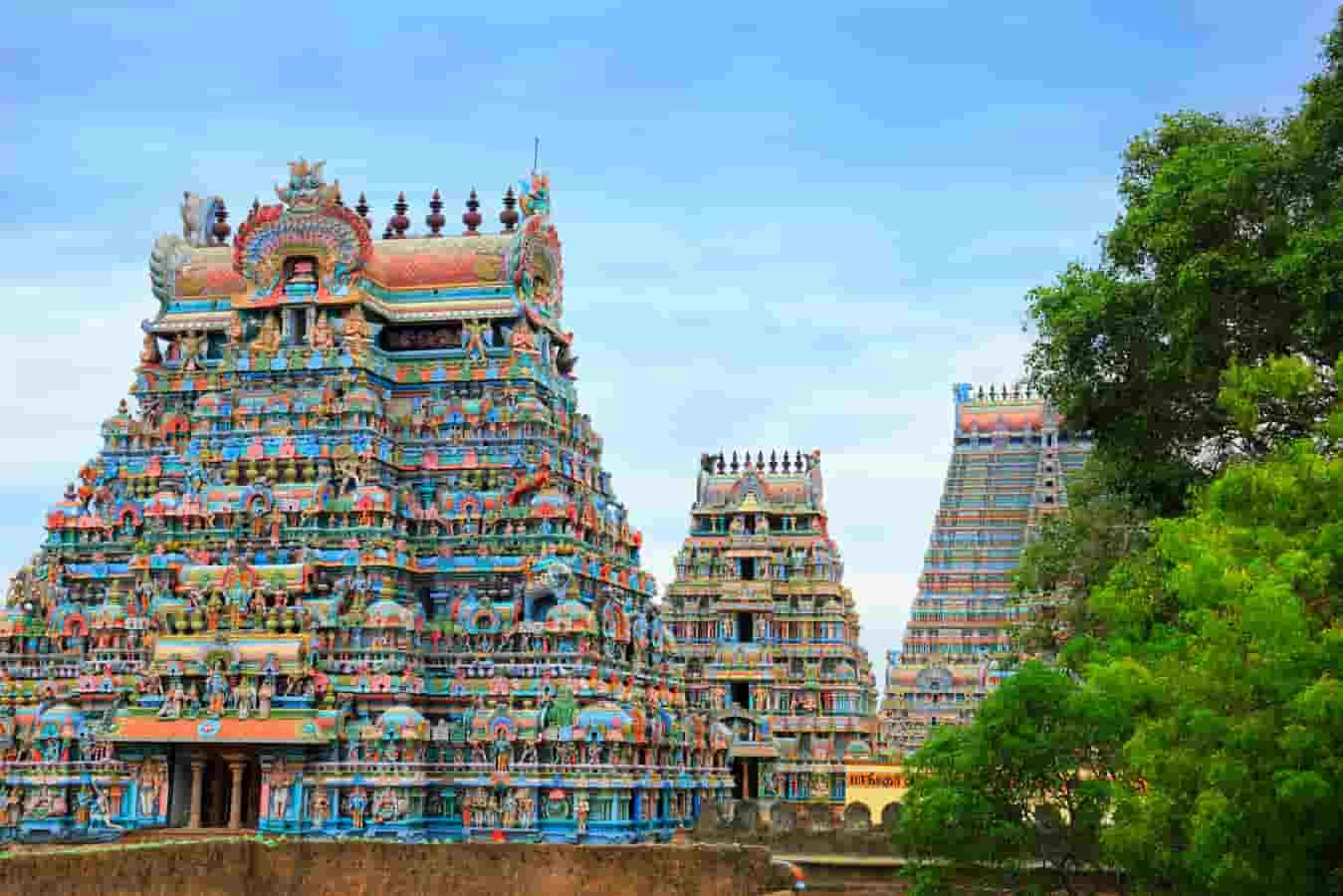TEMPLE NADI ASTROLOGY

Temple Nadi Astrology
Temple astrology, also known as Temple Jodhidam, Joshiyam, Jyotish, or Jyothisham in Indian languages, has its roots in the Indian state of Tamil Nadu. From within the confines of small temples, Hindu sages initially practiced temple astrology. Temple astrology, which took its cues from things as diverse as the birth star of the God and the Nakshatras of twin stars, did in fact influence the architecture of the well-known Hindu temples by drawing inspiration from the planetary positions of the stars. According to Vedic astrology, the twin stars will appear at a specific time of day.
The most important aspect of astrology or an astrologer's work is not analyzing a person's past, but rather promoting the astrologer's primary goal of ensuring that the person's bad karma is reduced and that they are guided toward the path of good karma for their own benefit. According to Hindu philosophy, karma begins with one's thoughts and ends with one's actions in the real world. It is a common observation that the majority of us seek the advice of an astrologer when confronted with obstacles in life or in response to a specific nagging circumstance.
Rather than relying on God's decree describing God's power, some temple astrologers use the Olai Chuvadi, or palm leaves, as a basis for their predictions. The temples show patterns that could be positive or negative. Therefore, the degree of attraction or repulsion between patterns is taken into consideration when building a temple to eliminate a pattern's negative influence. Therefore, understanding astrology is essential for all. A person who is familiar with astrology is able to anticipate events' intimidation and take appropriate precautions. Astrologers at temples can perform puja to get rid of any bad influences. The Puja is an important part of any holy worship in Hinduism. The Pujas can be performed by an individual, a group, or a priest on behalf of a worshipper.
